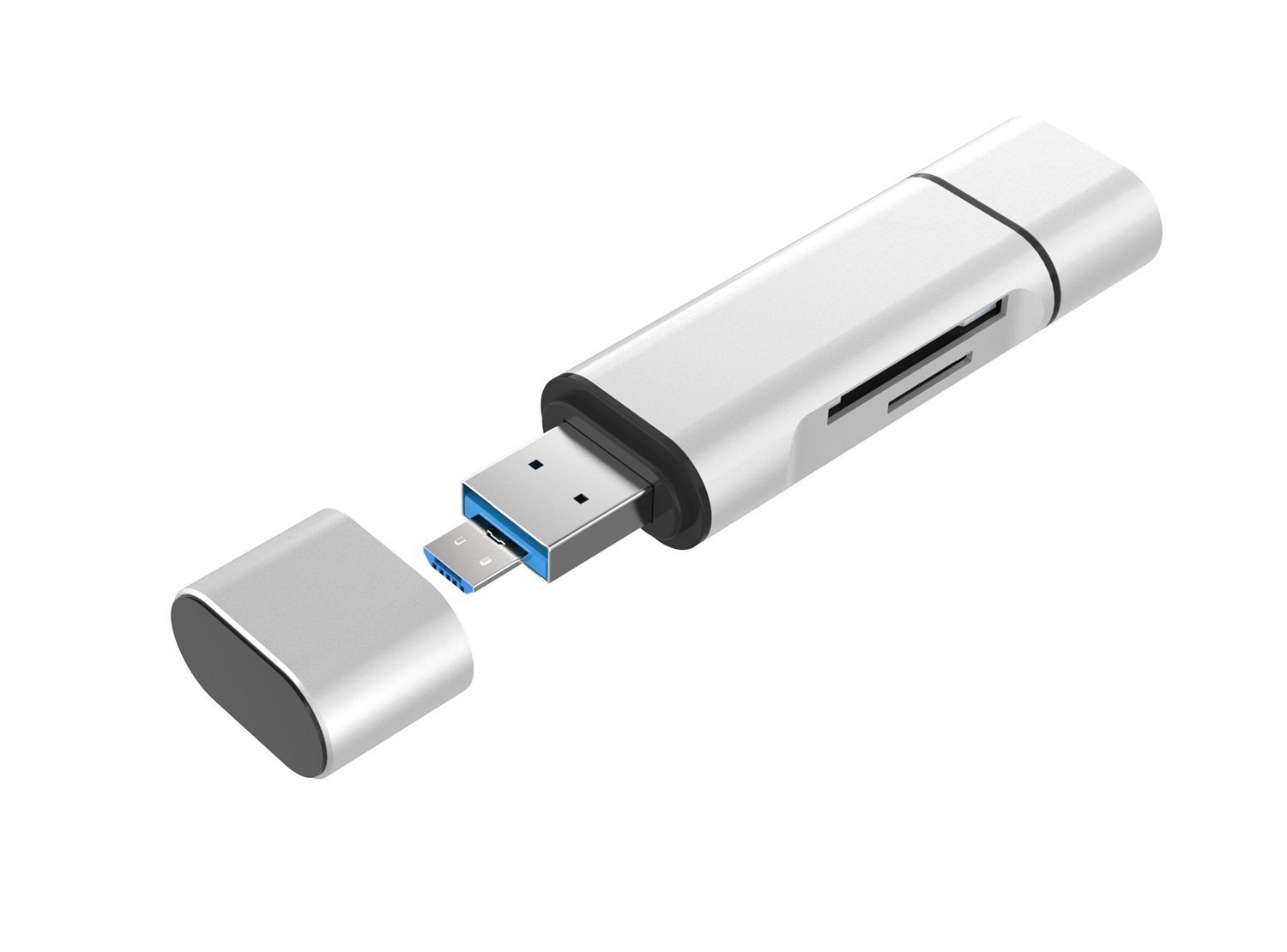
That's because the USB-C port can be a Thunderbolt port, but it can also be a standard USB 3.x port or - now - USB 4 port. But Thunderbolt has two key issues:įirstly, not all devices have Thunderbolt and unless you've got the spec sheet in front of you, it's not really clear what devices do and don't support it. Thunderbolt works over the USB-C connector these days (although it previously worked over DisplayPort before USB-C was common). There are now more than 400 PCs on the market with Thunderbolt 3 as well as 450 compatible peripherals. One of the further confusions over the last few years has been the Intel-designed Thunderbolt fast data transfer tech that was initially deployed by Apple. Yes, we're not making this up, so expect to see USB 3.2 a lot over the coming months.Ģ019 - USB 3.2 will be introduced to products on shelves, while USB 4.0 was announced.Ģ020 - USB 4 is supported in Apple Silicon Macs as well as Intel's 11th generation Core processors.

Like Apple's proprietary Lightning connector, it's symmetrical and can be inserted either way up.Ģ017 - USB 3.2 is first talked about, offering data rates of up to 20Gbps. This uses USB 3.1 tech, but with a new connector designed to take over from old-style USB ports. USB 3.1 is introduced as an upgraded version.Ģ014 - USB-C or USB Type-C makes its debut. USB flash drives debut.Ģ008 - USB 3.0 makes its debut, with a 5Gbps transfer speed.
USB 2 VS USB 3 WHAT THEY LOOK LIKE SERIAL
The familiar USB connector was introduced.ġ998 - The iMac G3 is the first mass-market PC to bin serial and parallel ports in favour of USB.Ģ000 - USB 2.0 enters the fray, offering some power delivery options (the forerunner to the standard that enables you to charge your phone). USB 1.1 followed and could also work with older devices. The history of USB so farġ995 - USB 1.0 debuted and could transfer 12 megabits. Over 50 companies are currently involved in the USB standard, especially those behind the USB Promoter Group - Apple, HP, Intel, Microsoft, ST Microelectoronics and Texas Instruments.

The USB 4 specification was published in late 2019 and so the time is right for devices to appear with it - it usually takes around 18 months for devices to come to market once a new standard is published for the first time.

USB 2 VS USB 3 WHAT THEY LOOK LIKE PRO
It's supported inside Intel's 11th generation Core processors as well as Apple Silicon Macs starting with the MacBook Air, MacBook Pro 13 and Mac mini. This will be fixed with the incoming USB 4.0, which will use a single standard connector (USB-C) and bring multiple connectivity standards together. That's been made more confusing by having multiple connectivity standards as part of this, too. (Pocket-lint) - USB is one of tech's ultimate success stories - a universal standard that has been the centre of wired data and power transfer for 20 years now.īut things have got a little confusing over recent years with the USB 3.x standards having multiple cable types.


 0 kommentar(er)
0 kommentar(er)
